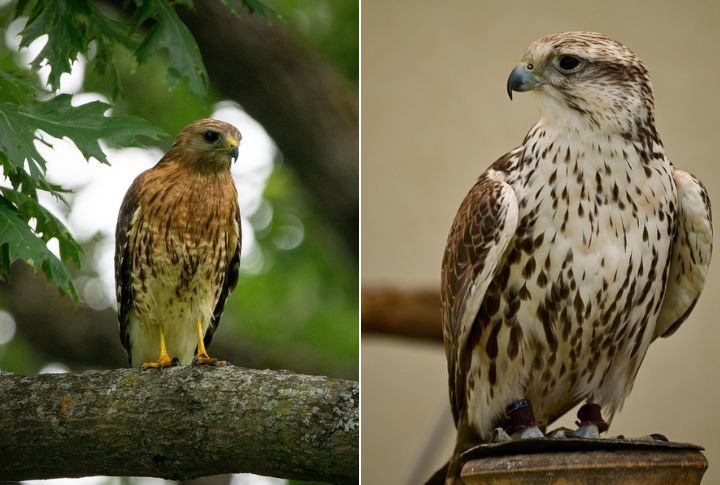
Birds of prey often catch attention with their fierce flight, but hawks and falcons are often confused. These two raptors have distinct ways of flying, hunting, and living that can be spotted once you know what to look for. Discover the key traits that help separate these familiar sky hunters.
Wing Shape And Structure
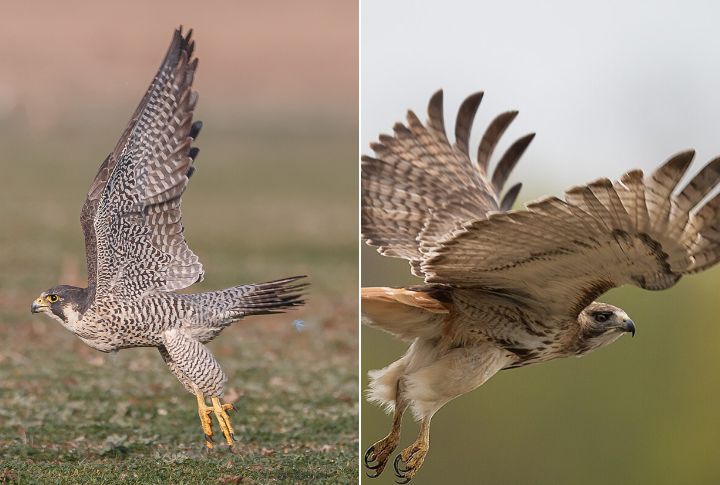
Falcons have long, pointed wings that allow them to slice through the air with speed and control. Hawks show a broader wing shape with rounded edges, built for slow soaring. The difference becomes most visible when the bird glides across open skies or maneuvers through trees.
Beak Adaptation

One feature immediately separates falcons: the tomial tooth. This built-in tool helps falcons quickly kill prey by targeting the neck. Hawks have smooth-curved beaks and rely more on strong talons to take down and finish off their targets.
Size And Body Frame

Hawks, especially red-tailed hawks, generally appear stockier and heavier. Falcons, on the other hand, often have slimmer bodies built for agile flight. This difference in structure affects how they fly and pursue prey.
Head And Facial Features
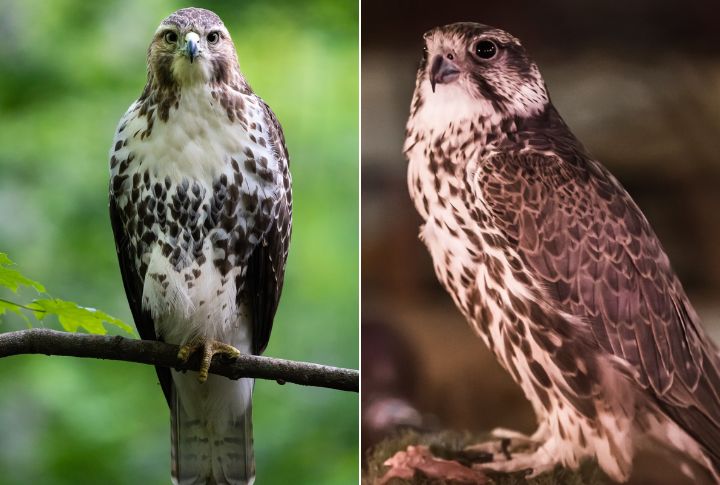
Falcons commonly show dark streaks on their faces, known as malar stripes. These markings appear below the eyes and contrast with lighter feathers. Hawks do not have this trait, giving their heads a more even, unmarked look.
Nesting Behavior

When it’s time to nest, hawks build their structures using twigs and tree branches. Falcons skip construction and reuse nests built by other birds or settle on ledges and cliffs. The distinction can help locate them in the breeding season.
Talons And Gripping Power

Hawks rely on their thick, powerful talons to grab and hold larger prey like squirrels or rabbits. Falcons, with longer and narrower toes, are better suited to catching and controlling smaller birds mid-air. This influences what each bird hunts and how it succeeds.
Vocalizations And Calls
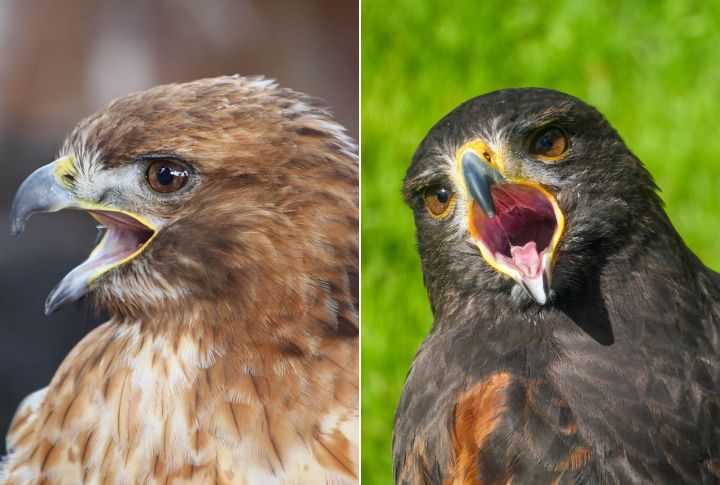
The call of a hawk tends to be a loud, drawn-out scream often used to mark territory. Falcons, on the other hand, produce shorter and sharper sounds. These vocal patterns serve different purposes but can help with quick identification in the field.
Taxonomic Family Differences
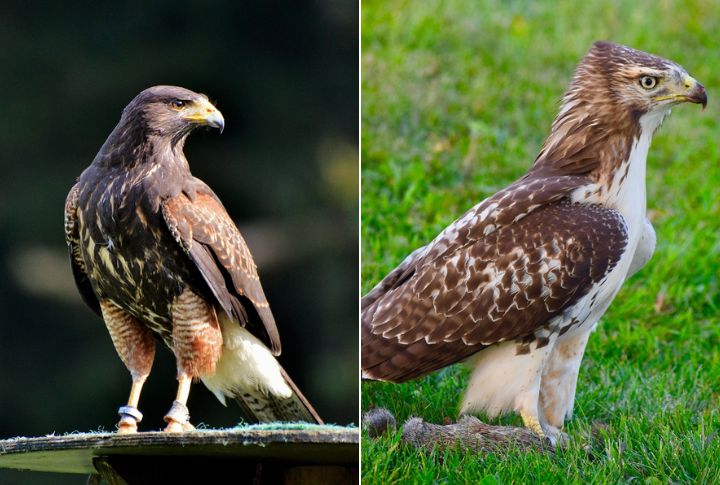
Falcons belong to the Falconidae family, while hawks are part of the Accipitridae. These groupings reflect different evolutionary paths and biological distinctions, even though both birds fill similar roles in their ecosystems as daytime hunters.
Migration Behavior

Some falcons travel long distances yearly using established flyways to follow seasonal prey. Certain hawks, such as red-shouldered hawks, remain in one region year-round. Knowing these patterns can help predict when and where to spot each species.
Preferred Habitat Types
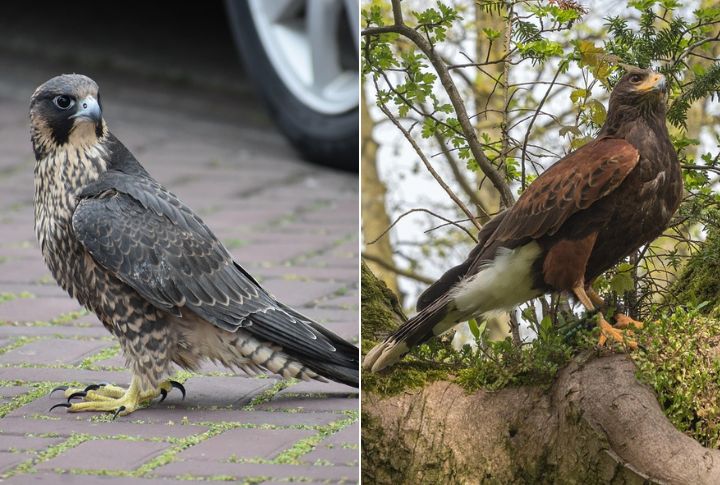
Hawks thrive in forests, meadows, and sometimes even suburban yards where prey is abundant. Falcons prefer wide-open spaces like grasslands or high city structures, using height to their advantage. Both birds adapt well, but each favors distinct surroundings for hunting and nesting.

